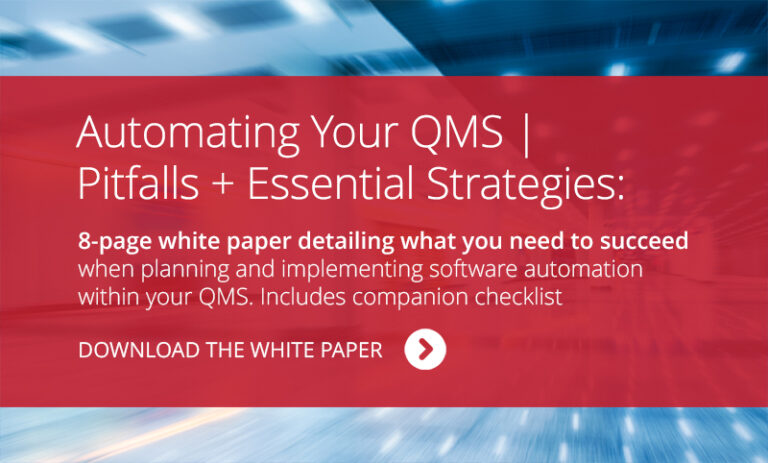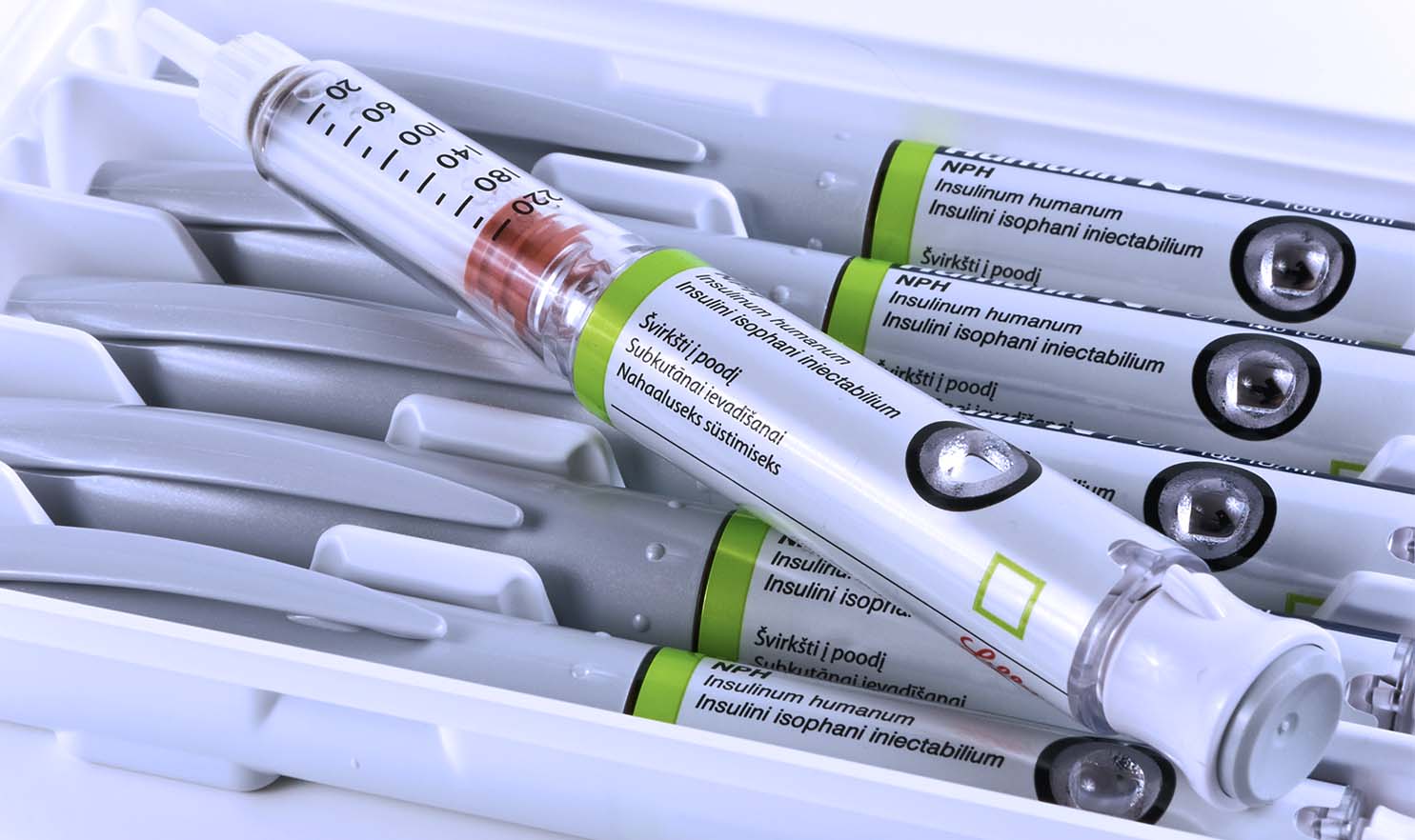March 28, 2017
The Food and Drug Administration (FDA) recently released a final guidance on Current Good Manufacturing Practice (cGMP) Requirements for Combination Products. This guidance provides clarification of the January 22, 2013 Final Rule on current combination product cGMPs.
Combination Product cGMPs Clarified
The new combination product CGMPs come as no surprise, not only from a safety perspective, but from legal repercussions of adverse events. Based on all the training available and the number of class-action suits against combination products, there is obviously a large number of firms who still need to get it right.
The new combination product cGMPs are regulations to clarify and explain the application of existing cGMP requirements to combination products. These include applicable for drug-drug, drug-device, drug-biologic and biologic-device combination products. It beefs up the 2015 draft guidance with the addition of compliance examples for pre-filled syringes, drug-coated mesh and drug-eluting stents.
The guidance puts forth hypothetical scenarios that illustrate how to comply with cGMP requirements for applicable products (Section V), key definitions, and how to make post-market changes to a product’s quality system. The scenarios create a cross-entity perspective of cGMPs, particularly for medical device manufacturers, who might be less familiar with drug cGMPs.
Post Marketing Safety Emphasis
The Final Rule states “These regulations for drugs, devices, and biological products share many similarities; however, each set of regulations has certain unique reporting requirements, standards and timeframes based in part on the characteristics of the type of product.”
In each case, the manufacturer (medical device, drugs, and biologics), must ensure that each constituent part applicant (with approved combo product parts) share postmarketing safety data with each other, as well as report their postmarketing safety data to the FDA. Collectively, all constituents must manage and provide all documentation needed to demonstrate compliance as applicable to each component drug and/or biological component. This includes design controls, verification and changes, adverse events, CAPA, as well as risk management as each relates to its cGMP program.
The Burden of Compliance is on You
The guidance also emphasizes many messages contained in the earlier draft. For example, it reminds a life sciences manufacturer preparing to apply for marketing approval for a prefilled syringe of a previously approved drug product that it must first prove it is in compliance with both the drug GMPs as well as medical device quality management system regulations.
Curious about #AssurX? Watch our overview video to learn about our automated #qualitymanagement system solution now. http://ow.ly/EIFS30a5saA
— AssurX (@AssurX) March 21, 2017
EQMS More Important than Ever
A common challenge among combination manufacturers is how to develop an intuitive, collaborative system for demonstrating combination product compliance focused on product/patient risk. Such a compliance system would demonstrate the ability to identify, share, mitigate and control product safety and patient risk throughout the product lifecycle.
The right enterprise quality management system like AssurX creates an ironclad closed-loop system to identify, track, resolve, document, share and report on all quality, safety and compliance issues across every part of the process—including the supply chain.
Conclusion
The FDA is making a thorough effort to better explain how to comply for pharmaceutical manufacturers who extend their operations into medical devices and or vice-versa. That’s the good news. The bad news is that the FDA is likely to be less sympathetic going forward to any combination product manufacturer without a defensible compliance plan. Any entity engaged in the production of combination products requires a quality management system with comprehensive workflow management and document management capabilities for regulatory reporting in the event an FDA inspector visits and requests it as part of its observations during or after a site visit.
The FDA has done a pretty good job of laying out its expectations. Now it’s time to roll up your sleeves and get the job done.

The Automating Your QMS white paper details common pitfalls, essential strategies and real world scenarios when automating your quality management system.


